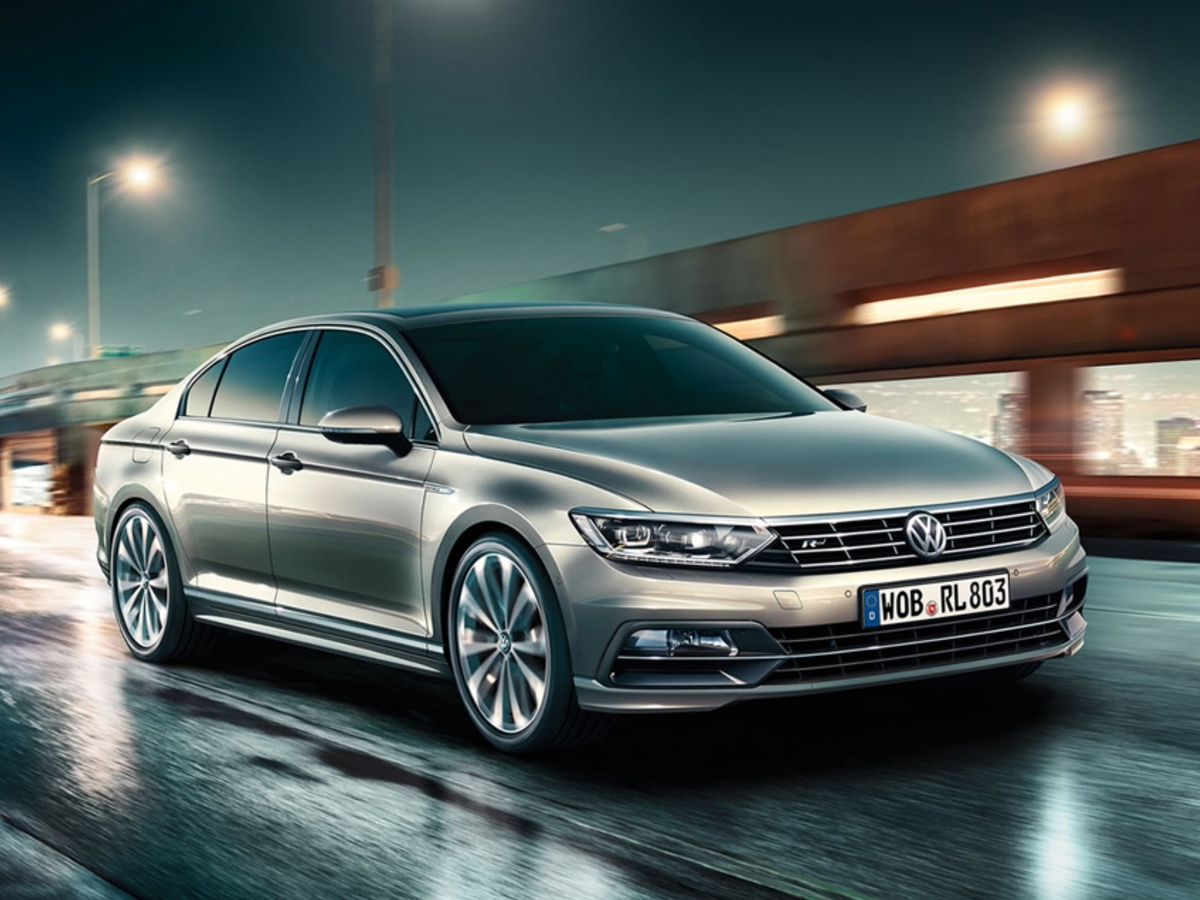Battery life might not be the first thing you consider when shopping for a sedan, but let me tell you—it should be. As an automobile addict who’s spent countless nights wrenching under hoods and chatting with garage pros from Tokyo to Toledo, I’ve come to realize one often-overlooked factor can make or break your ownership experience: battery longevity.
There’s something wildly frustrating about having your sleek, comfy sedan refuse to start just three years in. It’s not just inconvenient—it’s expensive, it’s avoidable, and it speaks volumes about the car’s electrical engineering.
Some sedans go above and beyond, running strong for six, even seven years on the original battery like it’s nothing. Others? They die out like budget earbuds in year three, sometimes sooner.
In this breakdown, I’ll be diving deep into 10 sedans that have built serious reputations—not just on paper, but in the trenches of real-world ownership. The first half? A celebration of five dependable champs whose batteries laugh at the passage of time. The second half? A warning list of the notorious flops that have left owners scrambling for replacements far too soon.
So if you care about reliability, peace of mind, and not needing jumper cables every few months, buckle up. This one’s for you.
5 Sedans Whose Batteries Last 6+ Years
Some sedans are built with electrical systems so well-calibrated, you’ll forget what a dead battery even feels like. These five sedans prove that reliability isn’t just about engines—it’s about consistent, long-haul electrical performance too.
ALSO READ: 5 SUVs With Best Winter Traction And 5 Slipping In Snow
1. Toyota Camry
The Toyota Camry is like that ultra-reliable friend who shows up early and brings snacks every single time. It’s the poster child of reliability, and its battery life only adds to its bulletproof reputation.
Owners consistently report the Camry’s original battery pushing past the six-year mark with no signs of quitting. This is thanks to Toyota’s precision-built alternator system and low-drain electronic management that avoids unnecessary strain. Combine that with quality OEM batteries like Panasonic or Yuasa in earlier models, and you’ve got a car that forgets it even has a battery to maintain.
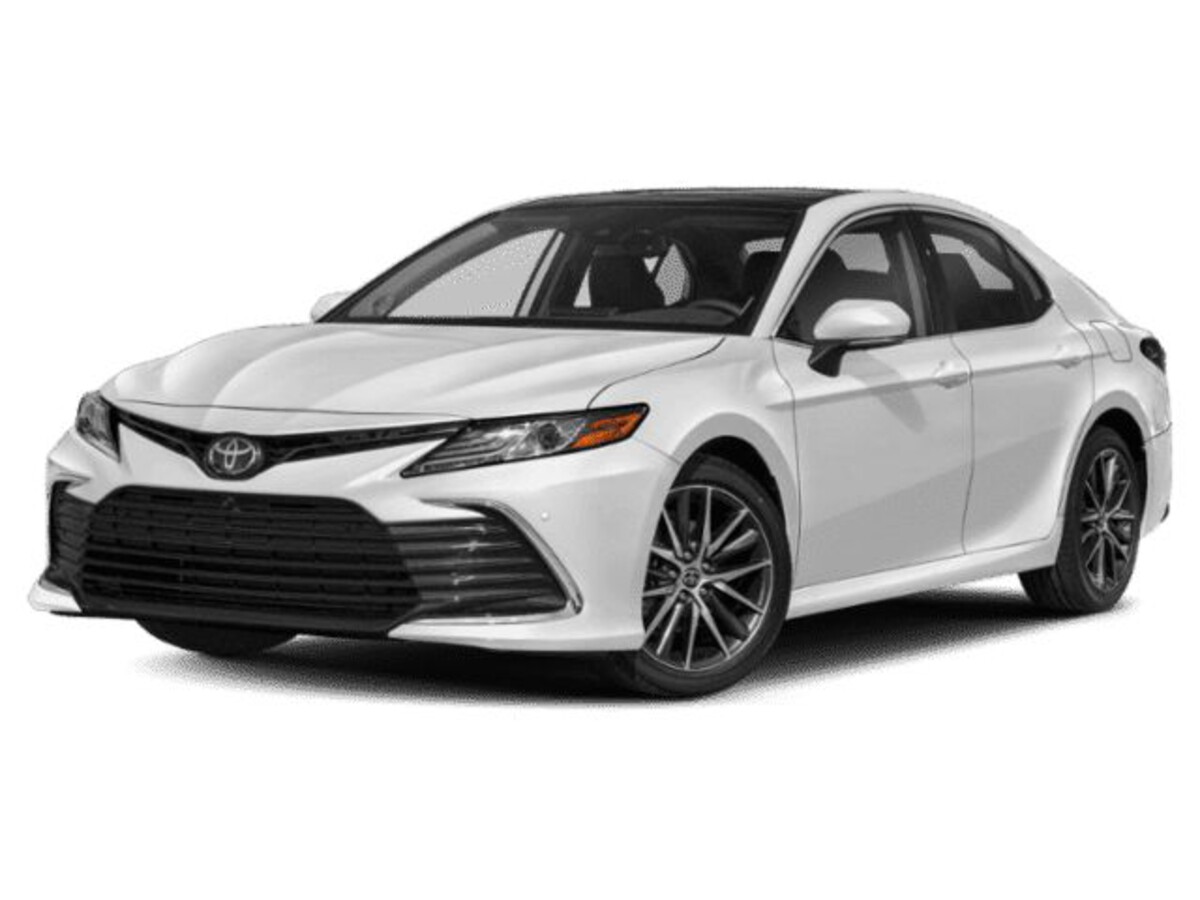
Even in newer hybrid variants, the Camry continues to shine. The main 12V battery that powers accessories and start-up systems doesn’t have to do much heavy lifting, which adds to longevity. For conventional gasoline models, the battery layout is simple and stress-free—perfect airflow, minimal heat soak, and smart energy management.
If you’re someone who hates surprise maintenance, the Camry is practically tailor-made for you. It just works, day after day, year after year, no drama.
And let’s not forget: this sedan has a resale value that’ll make your accountant smile. Long battery life is just one more reason the Camry continues to rule the mid-size segment.
2. Honda Accord
The Honda Accord doesn’t just sip fuel and deliver that buttery-smooth VTEC ride—it’s a legend in electrical durability, too. Seriously, this car’s batteries seem to live forever.
If you bought an Accord five or six years ago, odds are you’re still on the original battery. Honda’s clean, efficient charging system has a lot to do with that. Its alternator output is well-regulated, keeping the battery topped off without overcharging—something that many luxury sedans oddly still struggle with.
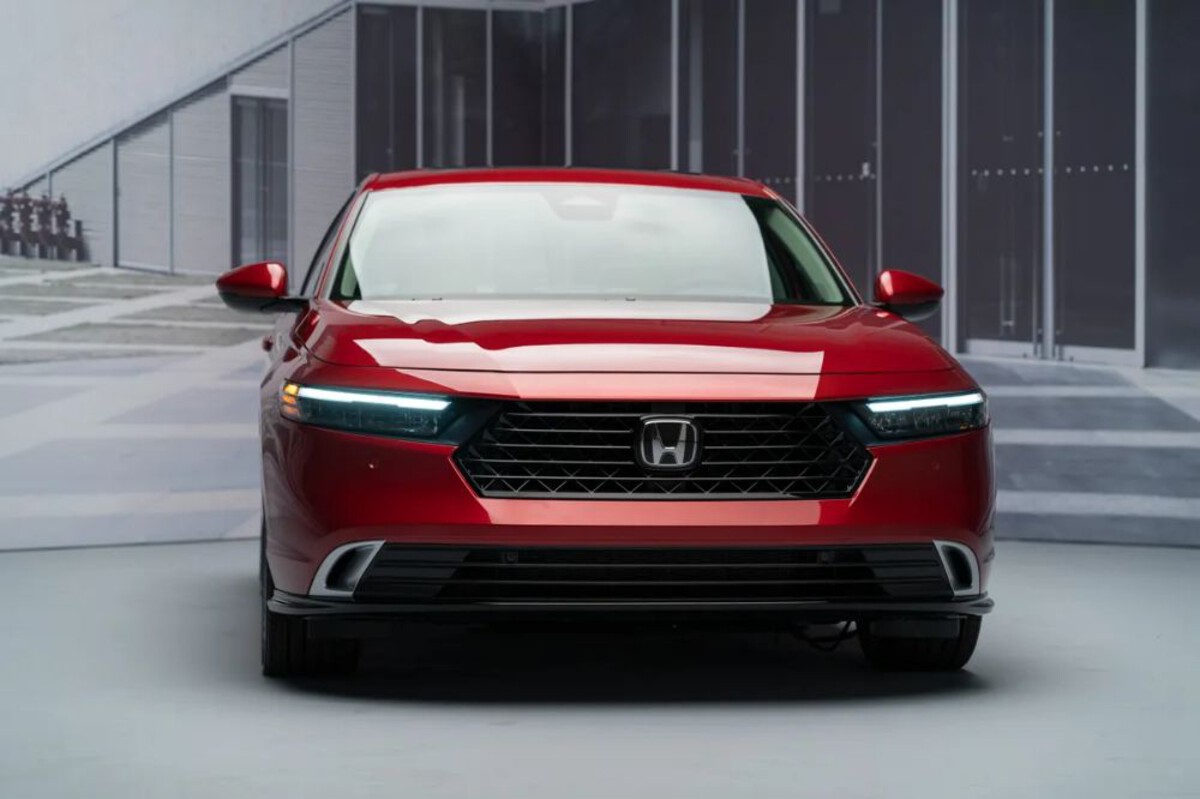
Also, Honda tends to equip its vehicles with quality batteries that aren’t bargain-bin junk. In the Accord, you’re typically looking at a battery that can hold a charge like a champ, especially if you’re not running a ton of aftermarket electronics.
Another perk? The Accord’s engine bay is relatively open, giving the battery room to breathe. It’s not crammed between hot zones, so heat degradation is kept to a minimum.
And here’s the kicker: Even the newer turbocharged Accords with their tech-heavy cabins still maintain strong battery lifespans. It’s a testament to how Honda has mastered the balance between tech and longevity.
If reliability is your love language, the Accord’s long-lasting battery will absolutely melt your heart.
3. Mazda6
Ah, the Mazda6. A driver’s sedan that doesn’t just win you over with its sharp steering and dynamic lines, it quietly outperforms in the reliability department too.
What sets the Mazda6 apart in battery endurance is its ultra-clean Skyactiv architecture. The entire vehicle is designed to optimize energy flow and minimize waste. That efficiency trickles down to the battery, which isn’t overburdened by a thousand auxiliary drains.
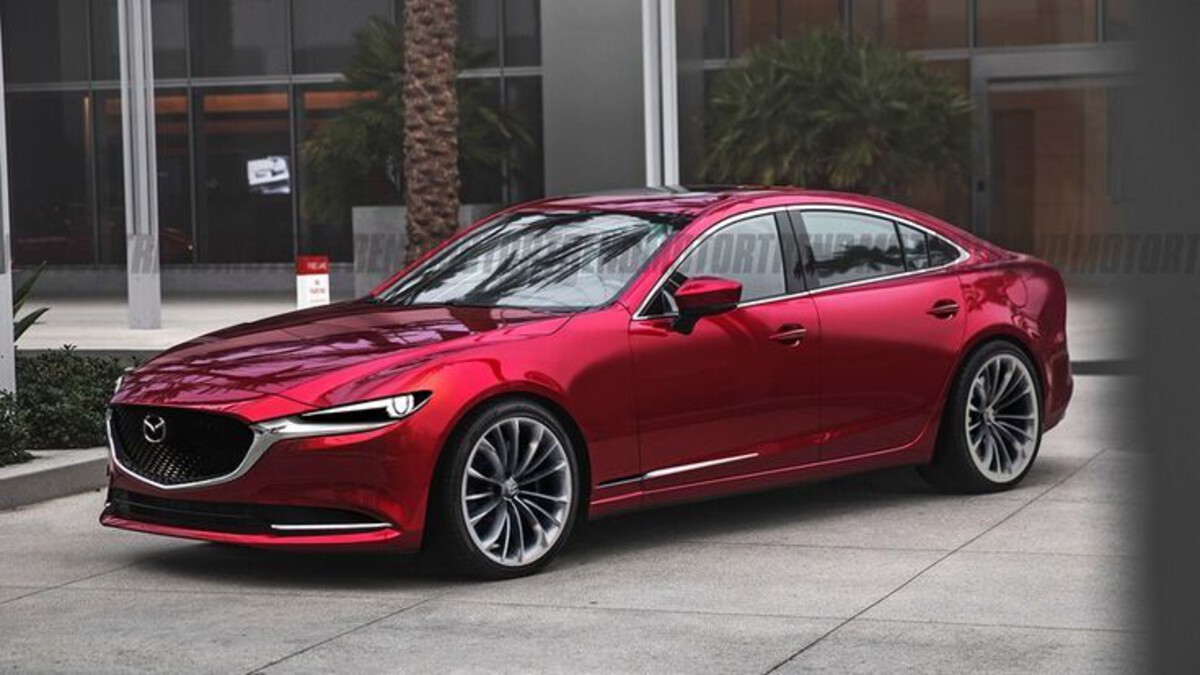
Many Mazda6 owners report their factory batteries lasting six years or more, sometimes even pushing close to eight if you’re not living in an extreme climate. Mazda doesn’t skimp on component quality, and that shows in the charging system, where voltage levels stay balanced under varying loads.
Another overlooked factor? The way Mazda insulates and ventilates its battery bay. It shields the battery from engine heat while allowing decent airflow—a combination that significantly reduces battery fatigue over time.
For a car that’s often seen as the “fun” alternative in a sea of sedate sedans, the Mazda6 doesn’t just bring joy—it brings dependability. And when your sporty midsize sedan never leaves you stranded in a parking lot with a dead battery, that’s a win in every enthusiast’s book.
4. Lexus ES 350
Luxury and longevity don’t always go hand in hand, but the Lexus ES 350 is the glorious exception. It’s not only one of the most comfortable sedans in its class—it’s also one of the most dependable, with a battery lifespan that makes others blush.
Built on a similar platform as the Camry, the ES 350 inherits Toyota’s legacy of long-lasting components. But Lexus goes a step further. The factory-installed battery is typically a high-end AGM or premium lead-acid type that holds charge incredibly well over time.
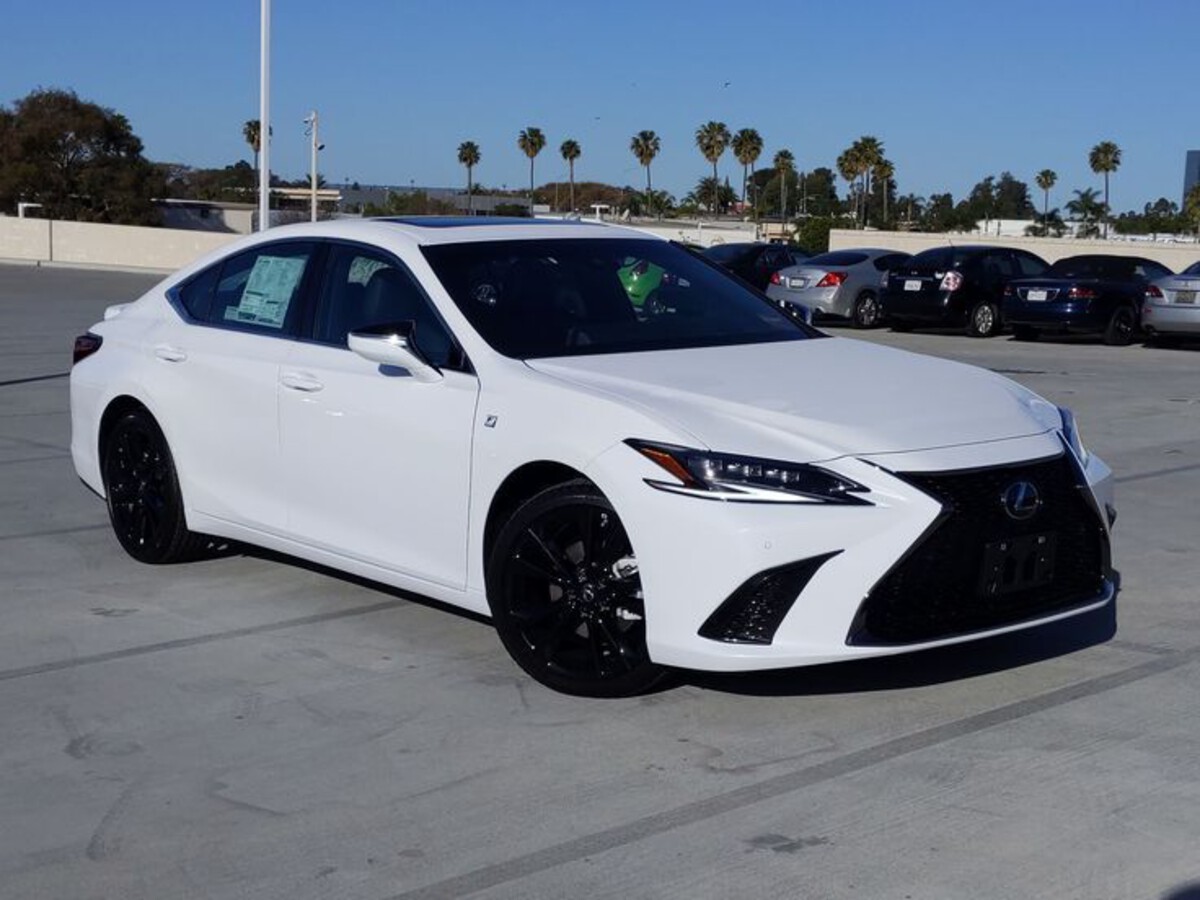
What’s more, Lexus engineers have designed the ES with minimal parasitic drain. The infotainment system powers down quickly when not in use, and even in vehicles loaded with tech, battery management is near flawless.
Owners often report well over six years before needing to change the original battery. In some cases, it’s closer to eight, especially in mild-weather regions. That kind of consistency is hard to beat.
Bottom line: If you want plush seats, whisper-quiet cabins, and a battery that seems to drink from the fountain of youth, the ES 350 is a dream sedan that delivers every time.
5. Subaru Legacy
Don’t let its understated appearance fool you—the Subaru Legacy is a silent warrior when it comes to battery longevity. Especially the naturally aspirated versions from the mid-2010s, which have proven impressively reliable.
The Legacy benefits from a well-balanced electrical system that doesn’t overwhelm the battery with unnecessary power demands. Even the AWD system—which is standard—doesn’t put a significant extra burden on the battery, thanks to how Subaru has cleverly engineered its electronics.
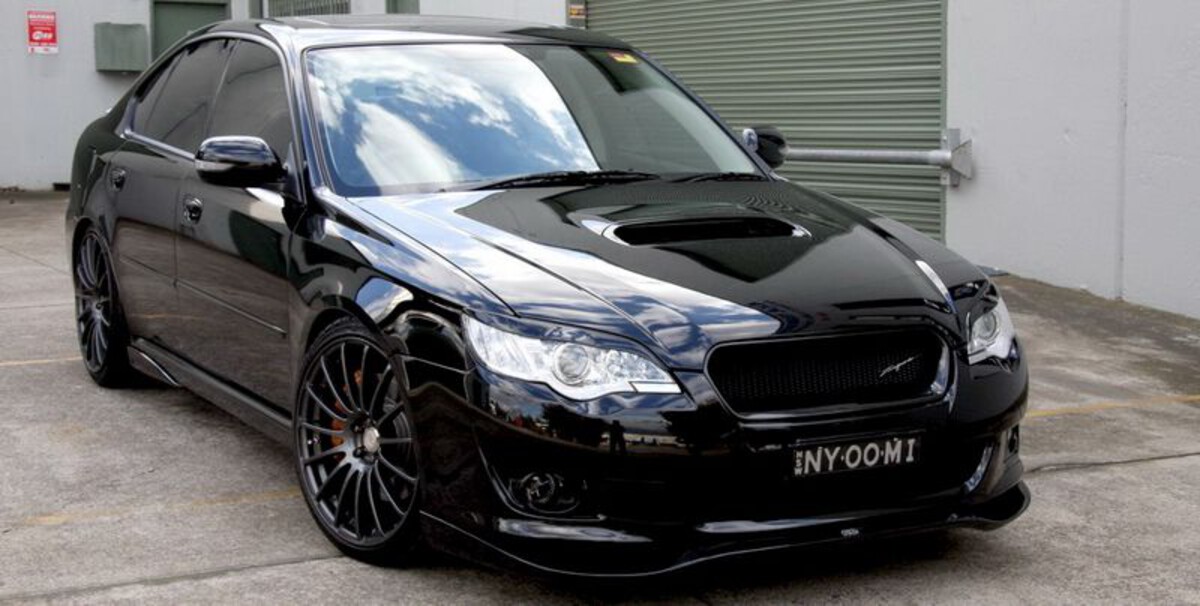
Add to that a smart battery management system and well-calibrated alternator output, and you’ve got a setup that avoids both undercharging and overcharging. This harmony leads to battery life regularly reaching 6–7 years without a hiccup.
Another plus? Subaru doesn’t over-stuff its sedans with gimmicky tech that slowly drains your battery. It’s practical, efficient, and clean—traits that pay off over time.
For drivers who love all-season capability but also value long-term ownership with minimal surprise costs, the Legacy checks all the boxes. Its long-lived battery just adds another notch in its belt of quiet greatness.
5 Sedans Dying by Year 3
These five sedans might dazzle you with their looks or gadgets, but under the surface, they’re hiding a dirty secret: short-lived batteries that often die before the third birthday.
ALSO READ: Top 10 Long-Lasting Cars That Get Over 30 MPG
1. BMW 3 Series (F30/F80)
Look, I love a Bimmer as much as the next guy—but if there’s one area where the 3 Series flops, it’s battery lifespan. Especially in the F30/F80 generations (2012–2019), these sedans are infamous for chewing through batteries in under three years.
Why? The issue starts with BMW’s complex electrical system. Even when the car is “off,” the battery is still feeding dozens of modules—comfort access, sensors, telematics, you name it. This parasitic drain slowly bleeds the battery dry, especially if the car isn’t driven daily.
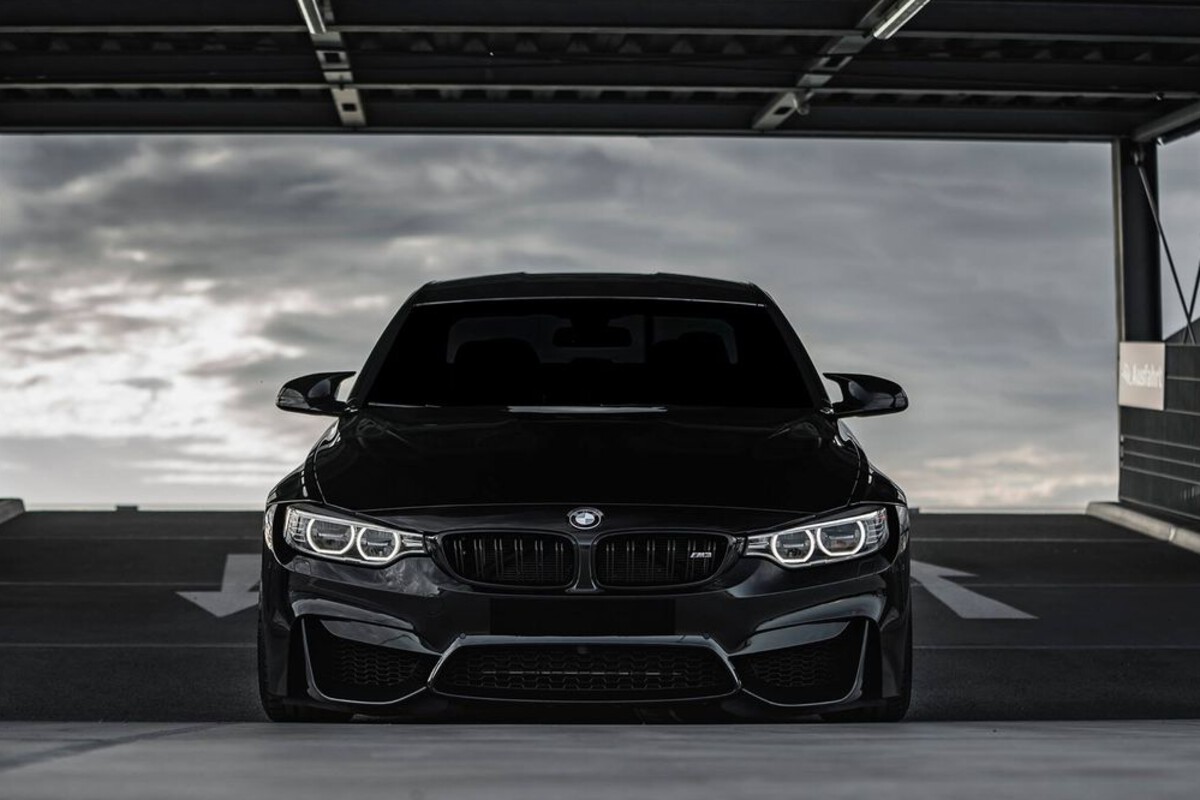
And it gets worse: replacing the battery isn’t just a swap-and-go. You need to register the new battery with BMW’s onboard system. Skip this, and your shiny new battery could degrade just as quickly.
Plus, BMW often places the battery in the trunk, close to heat sources like the amp and rear-mounted HVAC components—another contributor to early death.
Yes, it’s a thrilling drive. But if you don’t like seeing that jump-start cable every 30 months, you’ve been warned.
2. Mercedes-Benz C-Class (W205)
Ah, the C-Class!. It looks like luxury, smells like success, and drives like a dream. But open the hood—or rather, the trunk—and you’ll discover its Achilles heel: a battery that taps out way too early.
The W205 generation (2015–2021) is particularly notorious for battery issues. Despite Mercedes equipping them with AGM batteries, many owners report failures by year 2.5. Why? It all boils down to overengineered complexity and a dozen background systems that run even when the car isn’t.
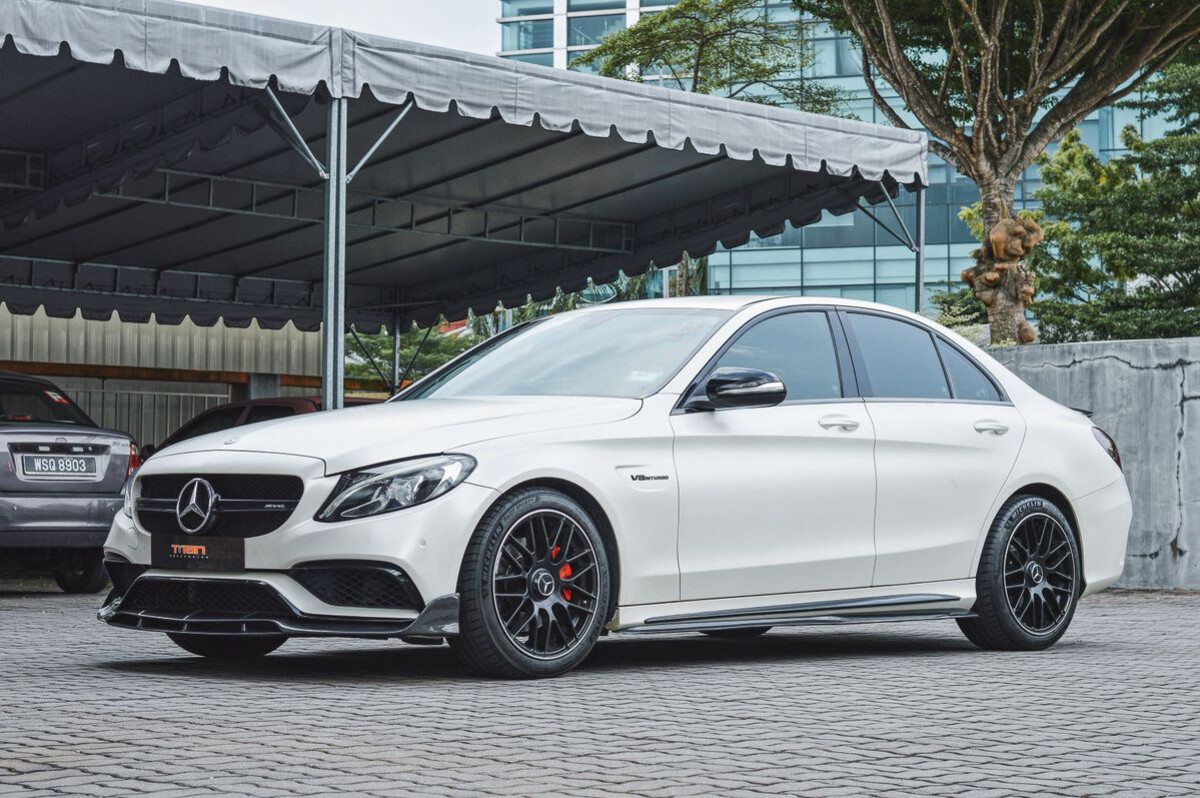
Things like ambient lighting modules, COMAND infotainment units, and proximity sensors contribute to consistent battery drain. Add short driving habits (common among city dwellers), and the battery never gets the recharge it needs. It’s a silent kill.
To make things worse, replacing the battery is rarely straightforward. Often tucked deep under trunk panels or in engine corners, it’s not a quick DIY fix. And don’t forget the secondary battery for start-stop functions—yes, that’s another one that likes to die young.
The C-Class might pamper you with tech, but that same tech can be brutal on your power supply. You’ll be scheduling jump-starts before you ever hit year four.
3. Hyundai Elantra (2017–2020)
Hyundai has come a long way, but the Elantra models from 2017 to 2020 had one nagging reliability hiccup—short-lived factory batteries. This issue quietly frustrates owners, especially those who assumed low-maintenance meant no-maintenance.
In these models, OEM batteries often give out around the 30-month mark. While the alternator and starter systems themselves are decent, the issue stems from battery quality. Hyundai’s stock batteries simply don’t hold up under heat or fluctuating voltage demands.
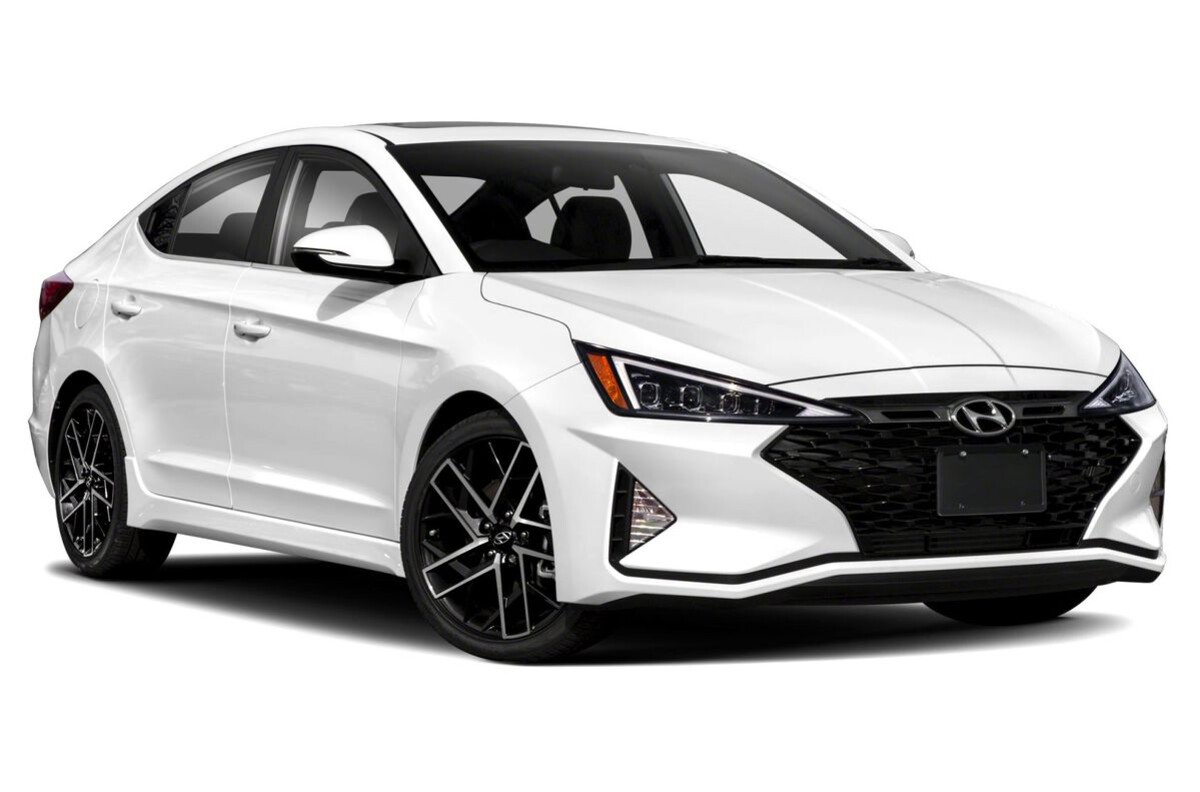
Add to that some parasitic drains from BlueLink systems and touchscreen infotainment units that stay alive a little too long after shutdown, and you have a recipe for premature failure.
What’s more frustrating? Many Elantra owners don’t realize there’s an issue until one day, click—nothing happens. No warning signs, no battery light. Just a dead start and a call to roadside assistance.
If you’re driving an Elantra and still using the OEM battery after three years, consider it borrowed time. These sedans are great on gas, sure—but battery stamina isn’t part of the package.
4. Chevrolet Malibu (2016–2021)
Chevy nailed the look and drive feel with the newer Malibu, especially post-2016. But they missed hard when it came to battery durability. Three years in, and many owners find themselves stuck in driveways or calling AAA.
The issue? The Malibu’s electrical architecture. The car features multiple onboard systems that draw current even when parked. The passive entry system, wireless connectivity, and the infotainment unit’s memory storage systems are all culprits.
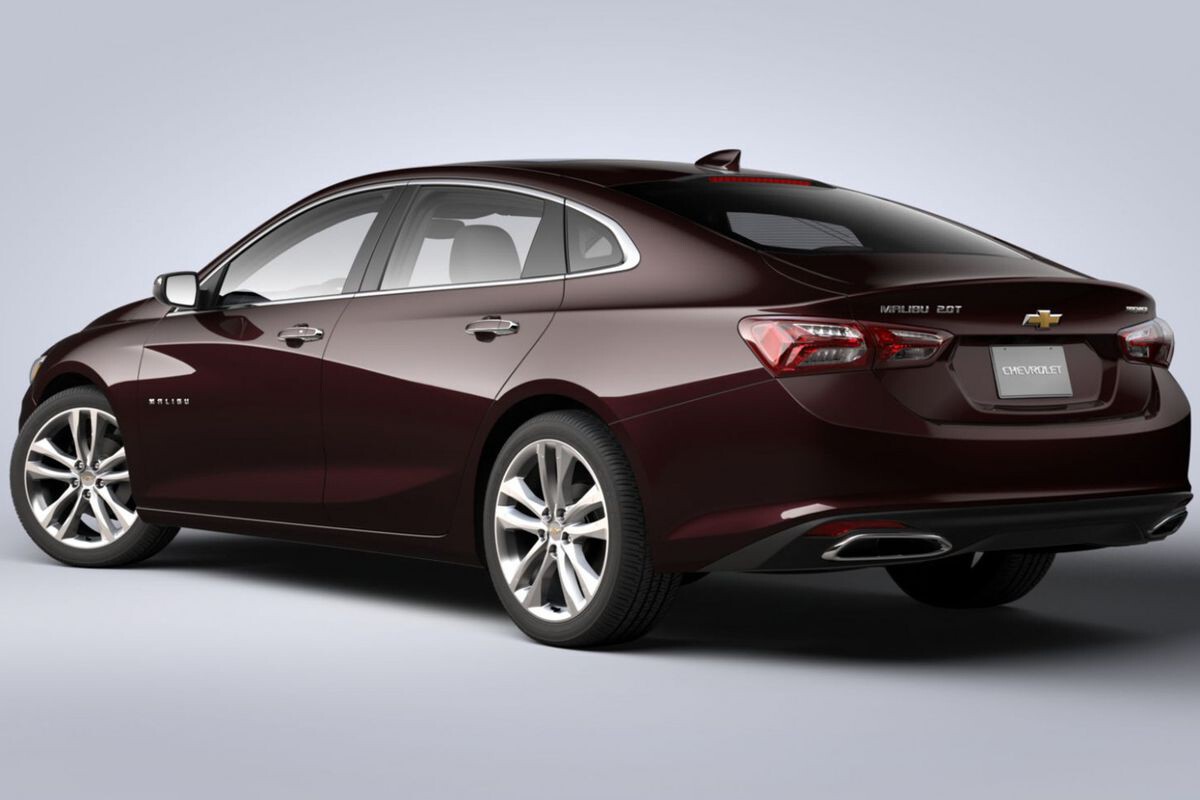
Combine that with questionable stock batteries—many of which aren’t AGM or high reserve-capacity units—and you’ve got a sedan that’s bleeding volts in the dark. Even worse, in colder climates, battery performance nosedives.
The Malibu also utilizes a Start/Stop system, which increases the number of starts per trip. That’s great for fuel savings, but not ideal for battery longevity, especially without a dual-battery setup (which Chevy doesn’t provide on most trims).
The sedan may look sleek and deliver decent performance, but the battery tends to expire quietly, often with little notice. Regular checks and a voltmeter should be your best friend if you own one.
5. Volkswagen Passat (2016–2022)
Volkswagen’s Passat might feel like a refined, European take on the family sedan, but behind its well-damped doors and polite ride hides a problem that’s become a pattern: batteries that rarely make it past Year 3.
The blame? A mix of inefficient battery management and high parasitic drain from always-on systems like Car-Net telematics, proximity sensors, and electronic climate controls. Even when your Passat is sitting quietly in the driveway, it’s never truly asleep.
Owners frequently report needing a jump between 2.5 to 3 years of ownership, even without high-mileage usage. This is especially common in colder regions, where battery degradation happens quickly.
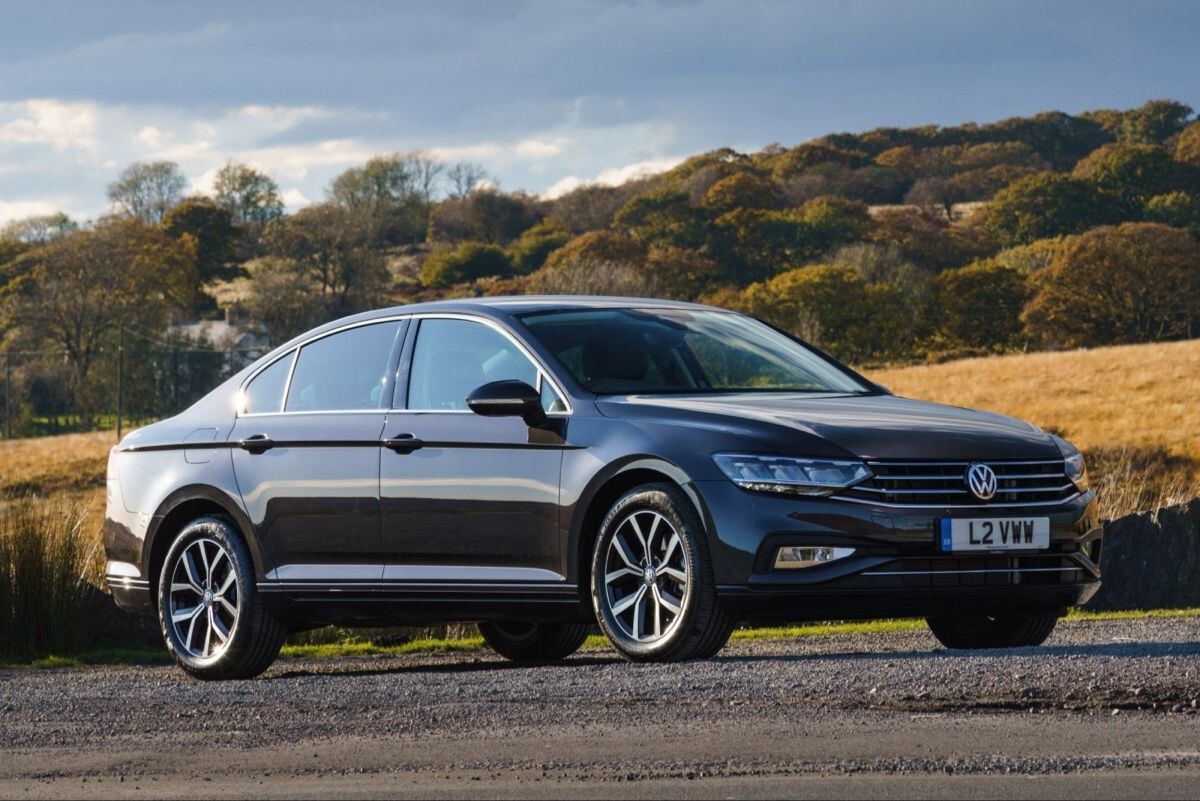
Also, many Passat models don’t come with AGM batteries unless upgraded. Their stock wet-cell units don’t handle modern electrical loads well. Add in the car’s tendency to charge only during high RPMs (to improve fuel efficiency), and the battery never quite tops off fully.
And as any VW owner knows, when something electrical fails, it often triggers a cascade of system alerts, making a dying battery more than just an inconvenience. It becomes a panic event.
For those hoping the German badge equates to bulletproof reliability, the Passat’s battery woes can be a harsh wake-up call.
When it comes to sedans, battery life is one of those hidden specs that rarely makes the brochure—but boy, does it make a difference in your ownership experience. As we’ve seen, not all sedans are created equal. Some go the distance, quietly powering your daily grind for six, even seven years without a whimper. Others? They sputter out in year three like a forgotten New Year’s resolution.
If you’re all about stress-free drives and minimal roadside surprises, the Toyota Camry, Honda Accord, Mazda6, Lexus ES 350, and Subaru Legacy have your back. Their engineering is tight, their parasitic drain is minimal, and their electrical systems know how to take care of a battery for the long haul.
But if you’re eyeing a BMW 3 Series, Mercedes C-Class, Hyundai Elantra, Chevy Malibu, or VW Passat—be warned. These models come packed with tech, yes, but often at the cost of battery life. Expect early replacements, warning lights, and inconvenient jump-starts.
So, before you sign that dotted line or book your next test drive, ask the simple question: How long does the battery really last? Trust me—from one automobile addict to another—it’s the kind of answer that can save you a lot of headaches (and cash) down the road.

